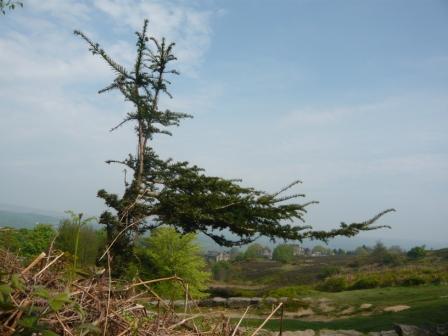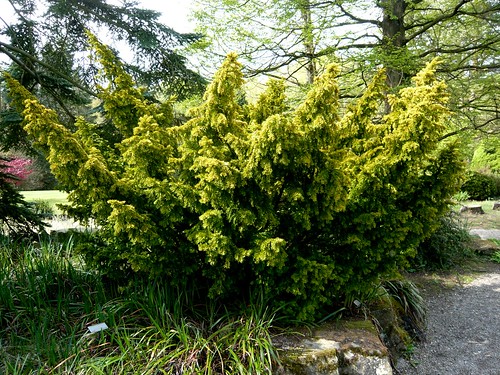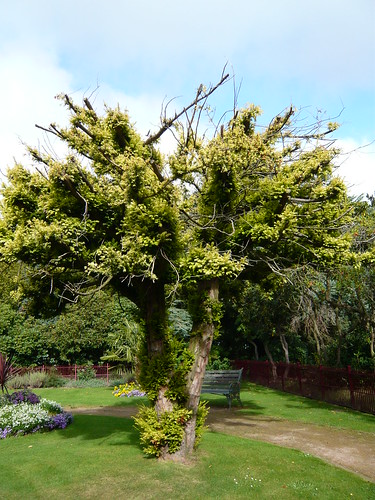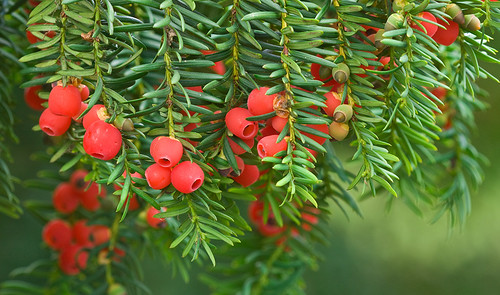
Yew – Root and Branch Review
The slow growing Yew is one of the longest lived trees capable of living for thousands of years. Britains oldest Yew in Fortingall is believed to be over 3000+ years old.
Key Features of the Yew
- Latin name – Taxus baccata other common names English Yew, European Yew or Common Yew
- Height – up to 80 feet
- Type of tree – Evergreen Conifer
- Leaves – Flat sharp-pointed needles growing in a spiral around upright shoots
- Flowers – Male spherical catkins beneath shoots, female tiny buds near shoot ends generally on separate trees
- Fruit – Single seeds encased in a red berry
- Bark – Grey-brown with scaly patches revealing purple-red bark underneath
- Family – Taxacea
Origins and Distribution of the
- Yews have survived for many thousands of years and have adapted to climate changes
- Native to the UK, western, central and southern Europe and as far south as northwest Africa.
Uses and Attributes of the
- All parts of the Yew are poisonous and should be treated with care. There are new compounds (taxol) being developed from the tree to fight cancer.
- The wood is hard, elastic and resistant to water. It was used to make long bows.
- The Yew is associated with folklore and is often found in churchyards.
Gardeners Tips for the Yew
- The yew can be clipped or pruned into topiary and makes a good hedge or wind break. As it is slow growing it is easy to keep it within bounds.
- Old trees can have a girth of 20-30 feet.
- Will grow on dry chalky soils and in the shade.
- Taxus boccata ‘Erecta’ is a columnar form worth growing in your garden.
Other types of Yew
- Taxus baccata ‘Fastigiata’ or the Irish Yew is one of over 100 cultivars and the several cultivars with yellow leaves are collectively known as “Golden Yew”.
- Taxus brevifolia or the Pacific Yew is native to northwest America.
Yew comments from elsewhere
- ‘The Yew is considered to be the most potent tree for protection against evil, a means of connecting to your ancestors, a bringer of dreams and otherworld journeys and a symbol of the old magic. In hot weather it gives off a resinous vapour which shamans inhaled to gain visions. Yew wood was regarded as especially magical to the Celts, due to its connection with the dead and the ancestors which were deeply respected. Archaeologists have recently found well-preserved Yew wood carvings at ancient sites of springs and wells which were probably votive offerings. ‘read the full story on White Dragon
Read about our series on British tree reviews with a bakers dozen fact sheets
Credits
Yews, Stow on the Wold by 1967geezer CC BY-NC-SA 2.0 ‘A pair of yew trees flanking St Edward’s church door.’
Yew – Taxus baccata by lifeinthewild CC BY-NC-SA 2.0




One thought on “Yew – Root and Branch Review”
Comments are closed.